Increasing Demand for UV Protection
The rising awareness regarding the harmful effects of ultraviolet radiation has led to an increased demand for UV sensors in various applications. Consumers are becoming more conscious of skin health, prompting industries such as cosmetics and personal care to incorporate UV sensors into their products. The UV Sensor Market is witnessing a surge in demand for devices that can measure UV exposure accurately, thereby enabling users to take preventive measures against skin damage. This trend is further supported by data indicating that skin cancer rates have been on the rise, which has heightened the need for effective UV monitoring solutions. As a result, manufacturers are focusing on developing advanced UV sensors that cater to this growing market, ensuring that they meet the evolving needs of consumers and regulatory standards.
Regulatory Standards and Compliance
The UV Sensor Market is significantly influenced by regulatory standards aimed at protecting public health. Governments and health organizations are implementing stringent guidelines regarding UV exposure, particularly in industries such as agriculture, healthcare, and construction. These regulations necessitate the use of UV sensors to monitor and control exposure levels, thereby driving demand for these devices. Compliance with safety standards is becoming a critical factor for businesses, leading to an increased adoption of UV sensors in various applications. Market data indicates that the enforcement of these regulations is expected to propel the growth of the UV Sensor Market, as companies invest in reliable monitoring solutions to adhere to compliance requirements and ensure the safety of their employees and customers.
Growth in Outdoor Activities and Sports
The UV Sensor Market is benefiting from the growing popularity of outdoor activities and sports. As more individuals engage in outdoor pursuits, the awareness of UV exposure risks is also increasing. Athletes and outdoor enthusiasts are particularly interested in UV monitoring solutions to protect themselves from harmful UV rays during prolonged exposure. This trend is leading to the development of specialized UV sensors designed for sports and outdoor applications, which can provide real-time feedback on UV levels. Market data suggests that the rise in outdoor activities is likely to contribute to the expansion of the UV Sensor Market, as consumers seek effective tools to manage their UV exposure while enjoying their favorite activities.
Technological Advancements in UV Sensors
The UV Sensor Market is experiencing rapid technological advancements that enhance the performance and accuracy of UV sensors. Innovations such as miniaturization and integration with IoT devices are making UV sensors more accessible and user-friendly. For instance, the development of smart UV sensors that can connect to smartphones and provide real-time data is gaining traction. This integration allows users to monitor their UV exposure conveniently, thus promoting healthier lifestyle choices. Furthermore, advancements in materials and manufacturing processes are leading to the production of more durable and efficient sensors. Market data suggests that the introduction of these advanced technologies is likely to drive growth in the UV Sensor Market, as consumers increasingly seek reliable and innovative solutions for UV monitoring.
Emerging Applications in Various Industries
The UV Sensor Market is witnessing a diversification of applications across various sectors, including healthcare, agriculture, and environmental monitoring. In healthcare, UV sensors are being utilized to ensure safe levels of UV exposure in phototherapy treatments. In agriculture, these sensors help monitor UV radiation levels to optimize crop growth and protect plants from UV damage. Additionally, environmental monitoring agencies are increasingly adopting UV sensors to assess UV radiation levels in different regions. This broadening of applications is likely to drive growth in the UV Sensor Market, as industries recognize the importance of UV monitoring in enhancing safety and efficiency. The potential for new applications continues to expand, suggesting a promising future for the UV sensor market.


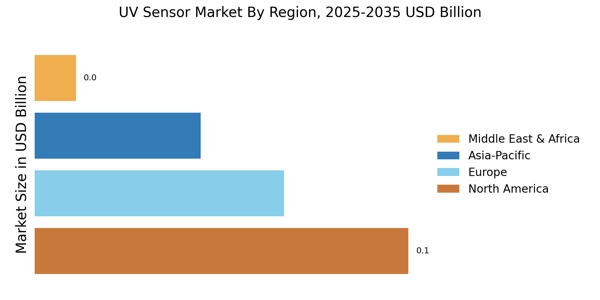
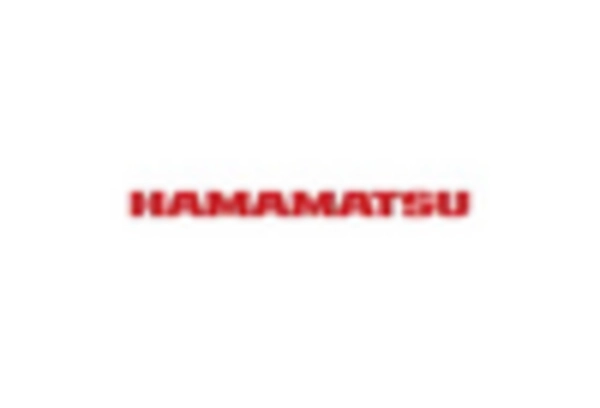
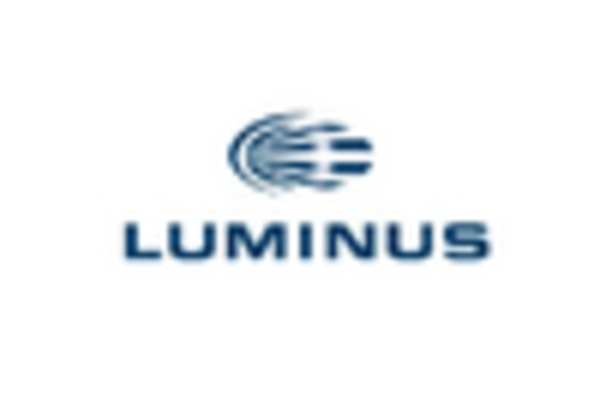

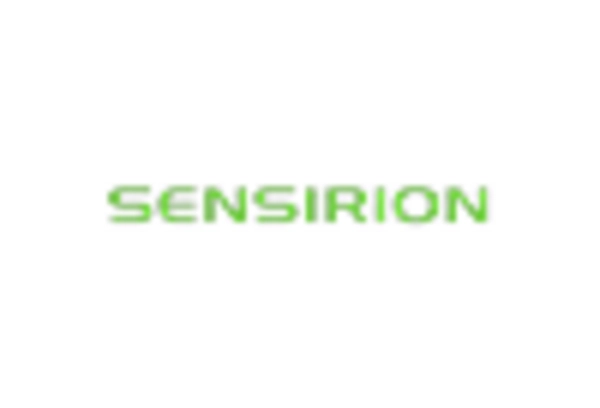

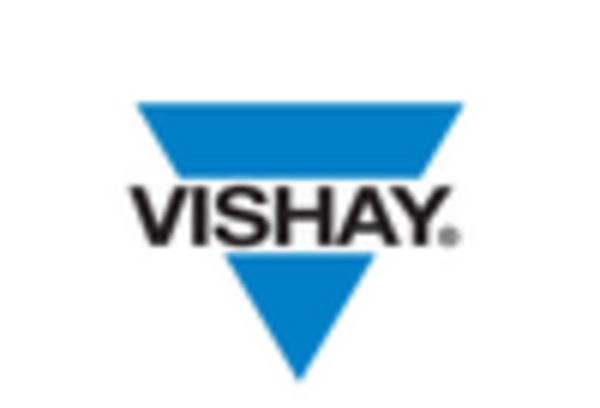








Leave a Comment